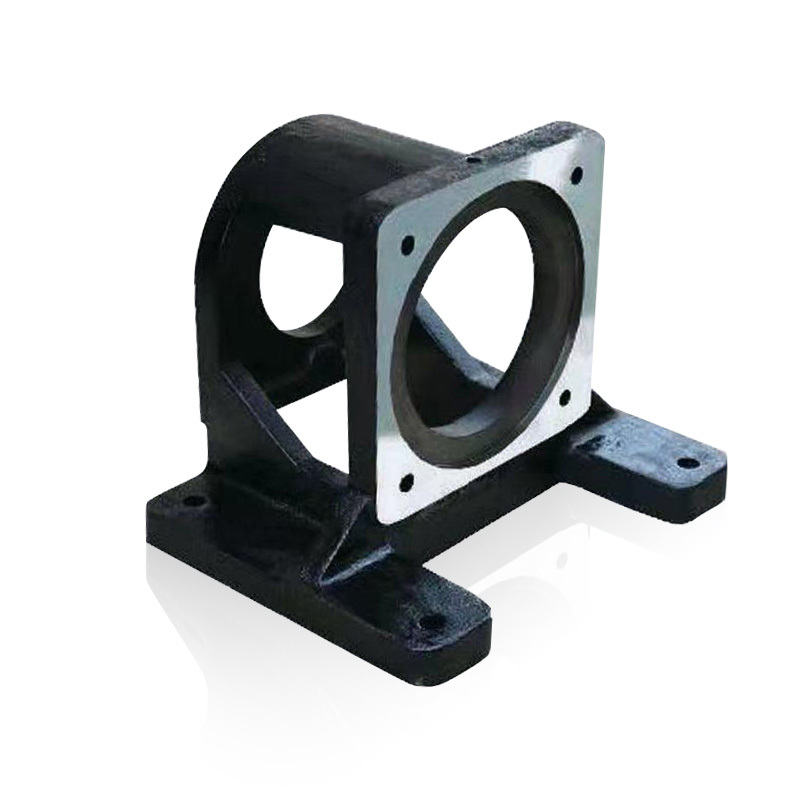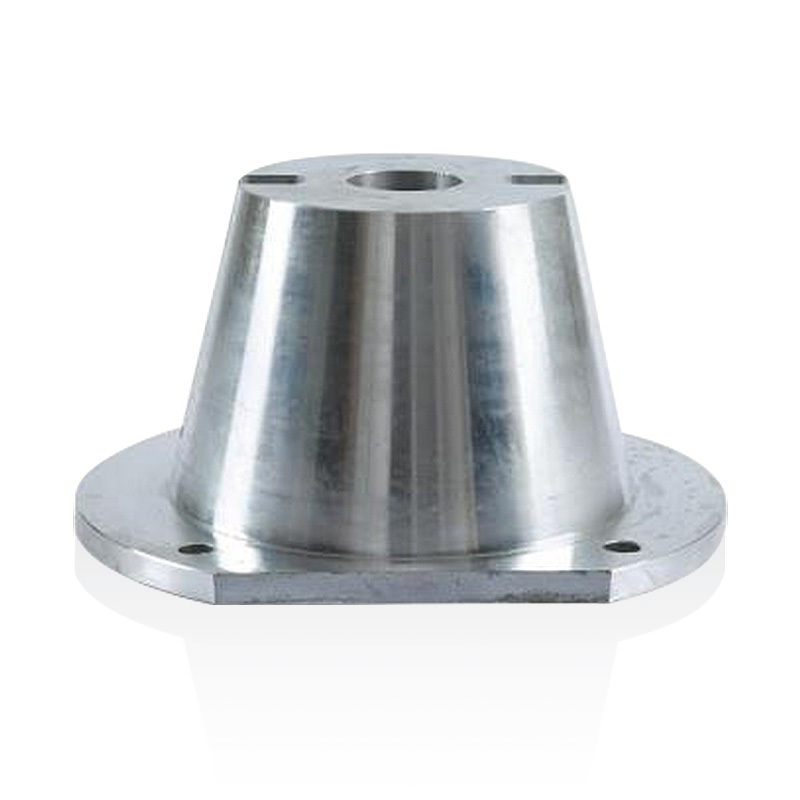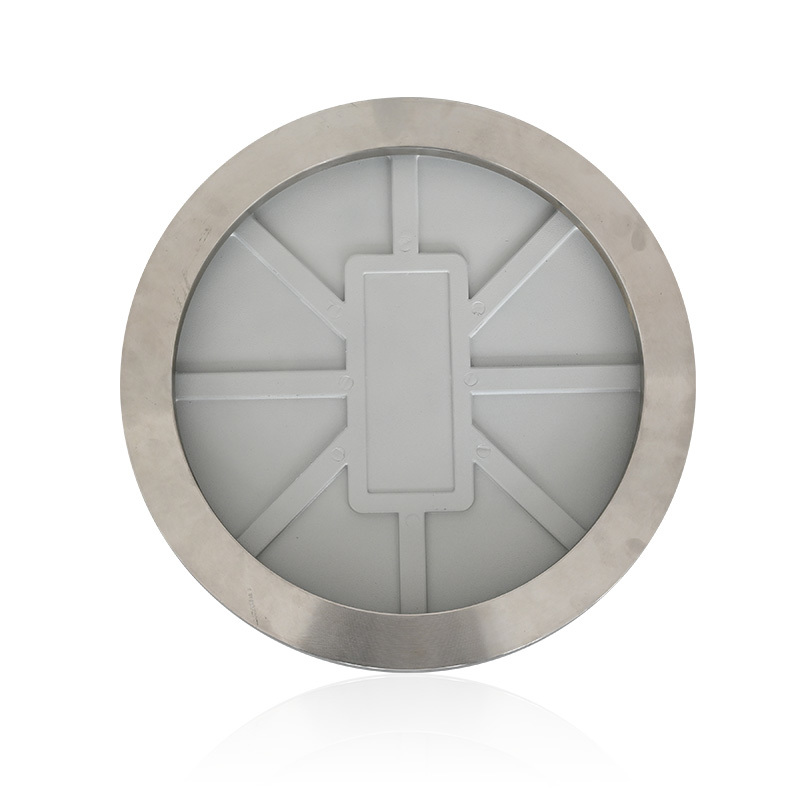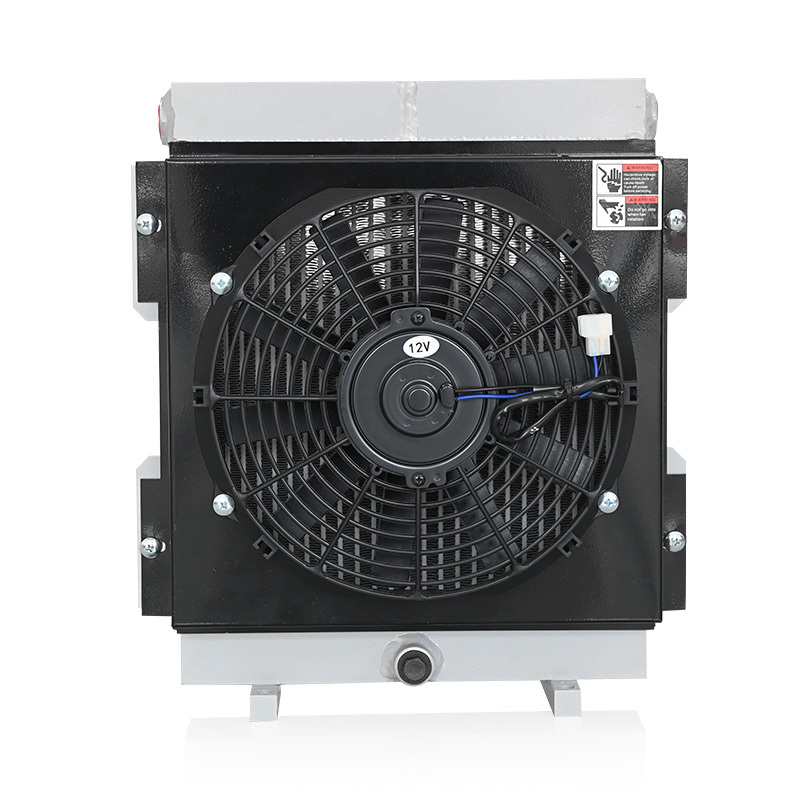How to use high pressure hose correctly
Release Time:
Jul 15,2024
The hose can only be used to transport the designed medium.
1. The hose can only be used to transport the designed medium.
2. The hose is strictly prohibited from being used in excess of the designed working pressure.
3. The temperature of the medium transported by the hose should not exceed the factory requirements, oil -40℃~120℃, air -30℃~50℃, water emulsion below 80℃.
4. The hose should be kept clean and the inside should be rinsed clean. Prevent foreign objects from entering the lumen, hindering the transport of fluids, and damaging the equipment.
5. The hose should be arranged as far away from the heat source as possible. If necessary, installation sleeves or heat insulation boards can be used to prevent the hose from being heated and deteriorated.
6. Where the hose crosses or rubs against the mechanical surface, protective measures should be taken to prevent the hose from bursting due to wear.
7. When the hose is used on site, it should be kept as straight as possible. When it must be bent, sharp bends should be avoided. The bending radius should not be too small and should be greater than 9 times the outer diameter. There should be a straight section greater than 2 times the outer diameter of the pipe at the connection between the hose and the joint.
8. Do not twist the hose during installation. A slight twisting of the hose may reduce its strength and loosen the joint. During assembly, the joint should be tightened on the hose instead of the hose on the joint.
9. When installing the hose, avoid being in a tensioned state. There should be a certain length margin to keep the hose loose.
10. Protect the hose during daily use to prevent it from being squeezed, hit, etc.
11. Operate the control valve gently to reduce the pressure impact on the hose and prevent the hose from bursting.
12. The hose must use the matching regular "U" card, sealing ring, two-way, three-way, etc., and it is strictly forbidden to use other substitutes.
13. If the hose leaks, ruptures, bulges, rust on the joint, broken wire, aging and cracking of the rubber layer, etc., it must be replaced immediately.
14. During daily use, inspection and replacement must be strengthened.
15. Newly invested or replaced hoses must be tested and identified before use. They can only be used after passing the test. During the test, personnel are not allowed to approach.
Hose storage
1. The storage location of the hose above and below the well should be kept clean and ventilated, with a relative humidity below 80%. The temperature of the storage location should be kept between -15℃ and 40℃, and the hose should be protected from direct sunlight and water.
2. If the hose needs to be temporarily stored in the open air, the site must be flat, the hose should be neatly placed flat, and the bottom should be cushioned and the top should be covered, without heavy objects; at the same time, the hose cannot come into contact with heat sources.
3. When storing hoses, they should be placed separately according to different varieties and specifications, not mixed and stacked, and management signs should be hung.
4. When storing hoses, both ends of the hoses must be sealed firmly to prevent debris from entering the hoses.
5. The hoses should be stored in a relaxed state as much as possible. Generally, hoses with an inner diameter of less than 76mm can be stored in coils.
6. In order to prevent the hose body from being compressed and deformed during storage, the stacking should not be too high, and the stacking height should not exceed 1.5m; and the hoses are required to be "turned over" frequently during storage, not less than once every quarter.
7. When storing the hose, do not let it come into contact with acids, alkalis, oils, organic solvents or other corrosive liquids or gases, and keep it 1m away from heat sources.
8. During the storage period, it is strictly forbidden to stack heavy objects on the hose body, and prevent external extrusion and damage.
9. The storage period of the hose should not exceed 2 years, and the first one stored should be used first to prevent the quality of the hose from being affected by long-term storage.
Keywords:
You Can Also Learn More About Industry Trends


















